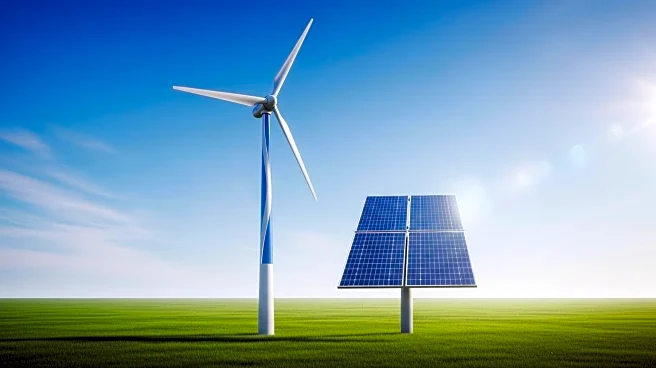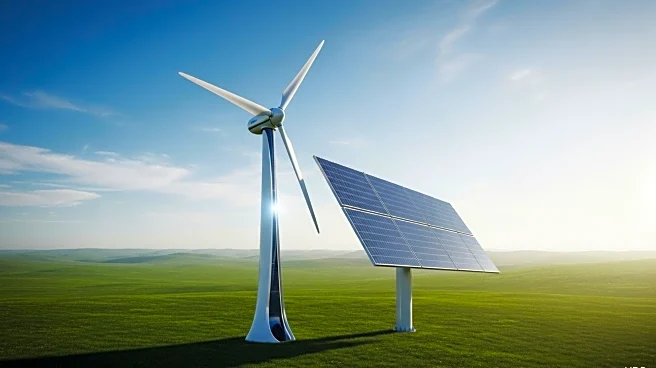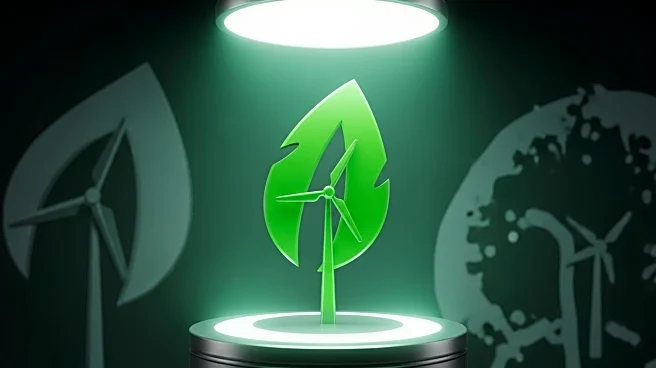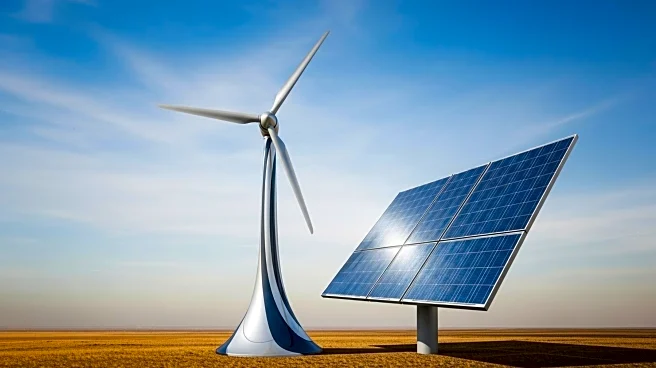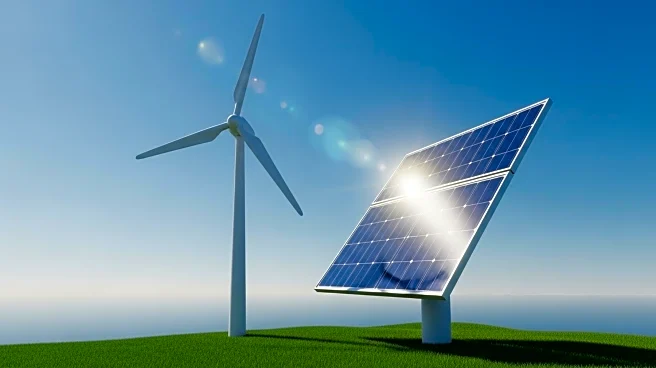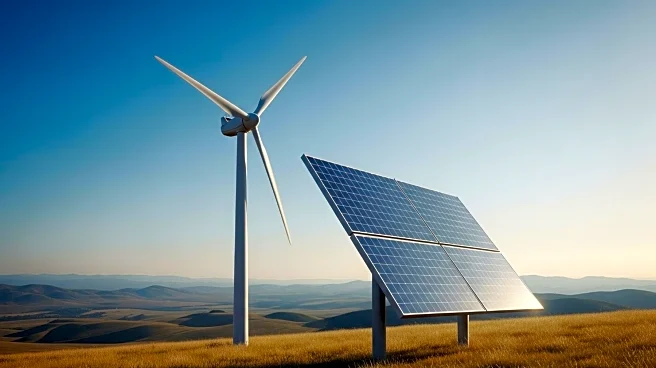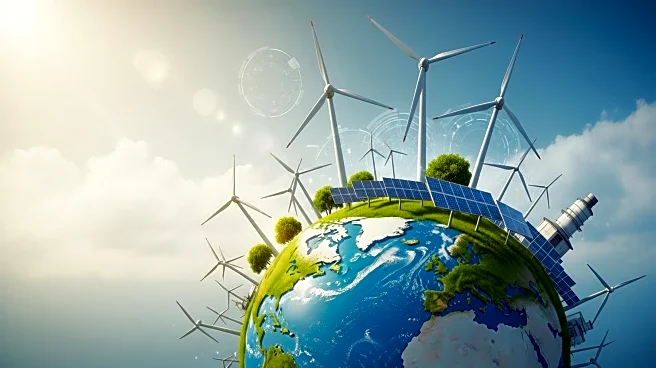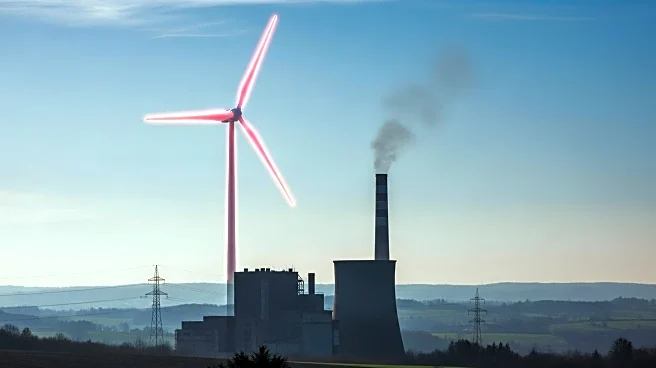What is the story about?
What's Happening?
The International Energy Agency (IEA) has significantly revised its forecast for U.S. renewable energy capacity growth, reducing it by nearly 50% compared to last year's estimates. This adjustment is attributed to several policy changes in the United States, including the early phase-out of federal tax credits, new import restrictions, and the suspension of new offshore wind leasing. Additionally, restrictions on permitting onshore wind and solar PV projects on federal land have contributed to the downward revision. The IEA report highlights that wind energy is the most affected, with both offshore and onshore capacity growth projections reduced by almost 60%. Solar deployment forecasts have also been cut by nearly 40%, with distributed solar systems, particularly residential ones, facing a 70% reduction due to the expiration of tax credits.
Why It's Important?
The revised forecast by the IEA underscores significant challenges facing the U.S. renewable energy sector, which could have broad implications for the country's energy transition goals. The reduction in projected capacity growth may hinder efforts to reduce carbon emissions and transition to cleaner energy sources. This could also impact the U.S.'s ability to meet international climate commitments. The policy changes affecting renewable energy development could slow down investment and innovation in the sector, potentially leading to job losses and economic setbacks in industries reliant on renewable energy expansion. Furthermore, the U.S.'s reduced growth in renewables could affect global renewable energy markets, as the country is a significant player in the sector.
What's Next?
The U.S. renewable energy sector may need to adapt to these policy changes by seeking alternative strategies to maintain growth. This could involve increased lobbying for policy revisions or exploring new technologies and business models to offset the impact of reduced federal support. Stakeholders in the renewable energy industry, including developers and investors, may also need to reassess their strategies and deployment targets in light of the revised forecasts. Additionally, there could be increased pressure on policymakers to reconsider the current regulatory environment to support the growth of renewable energy and align with global climate goals.
AI Generated Content
Do you find this article useful?


